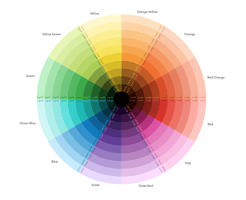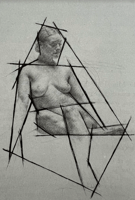Anatomy of Art is a concept that has been used for centuries to describe the fundamental elements...
The Benefits of Incorporating Art into Education: Exploring the Impact of Art-in-Teaching
Teaching art can be an incredibly powerful way for students to learn and develop many abilities that will help them in all facets of their lives. Art can not only encourage creative thinking, but it can also be a tool for learning about cultural diversity, social issues, and even self-expression. When introducing art into the classroom, it is important to consider how it can be used to enhance the overall learning experience. For example, teaching art can help students understand concepts more clearly.
Art can also be used to help students gain a deeper understanding of a topic by providing visual representations of the subject matter. Additionally, art can be used to foster critical thinking, problem solving, and decision-making skills. In addition to the educational benefits, art-in-teaching can also provide a sense of community.
Through art, students can explore different cultures and create an appreciation for different perspectives. This can help build bridges and create a more unified learning environment. When introducing art into the classroom, it is important to consider the needs of the students. Some students may not have access to art materials, while others may not have the skill set necessary to complete a project. It is important to provide students with the resources and support they need to be successful in their art projects. Teaching art can be a great way to engage students and foster their creativity.
Through art-in-teaching, students can gain a better understanding of the world around them, develop problem solving skills, and learn to express themselves. With the right resources and guidance, art-in-teaching can be an incredibly powerful tool for students in all grade levels.



